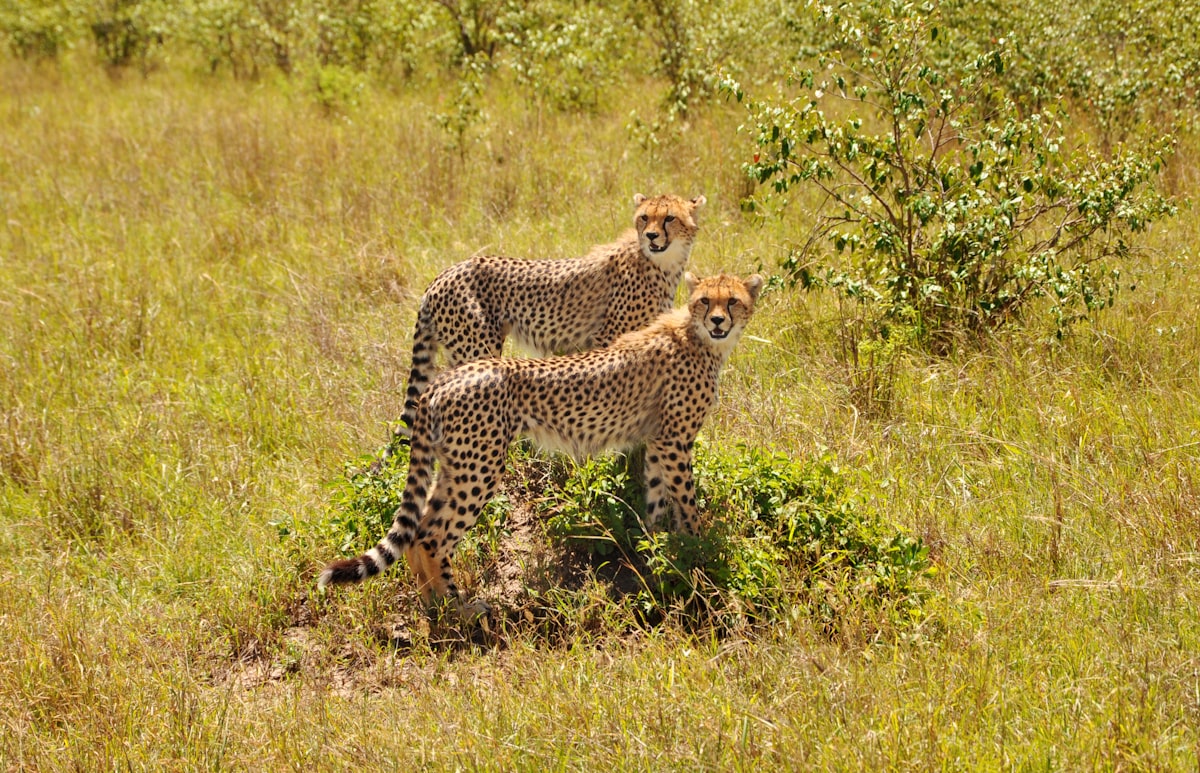Interactions in Ecosystems

Populations, Communities, and Ecosystems
Populations are species in a community. Communities are groups of species that live together. Ecosystems are communities and non-living things in an area.

In this image, we can see many populations represented, like the horse population, the llama population, the cow population, the pig population, the sheep population, and the duck and chicken populations. The community in this image is all the different species living together. The ecosystem is the community and all the grass, water, dirt, rocks, barn, and other non-living things in this image.
Resources and Population Growth
Resources are an important part of an ecosystem. For example, a few resources are food, water, oxygen, and space. In the image above, all the resources are provided by the farmer. There is an abundance of food, water, and space. Population growth has a high chance of occurring here because there is no lack of resources.
On a farm, population growth is not a problem, but in a natural scenario it could lead to problems because the animals will reproduce, and the resources will become more scarce.
Competitive, Predatory, and Mutualistic interactions
Competition is when there are fewer resources and organisms start fighting with each other for them. This will cause a decline in some populations and in a balanced ecosystem. An example is the competition between lions and hyenas, who compete for prey.

Predatory interactions are when one organism kills another to eat it. One example of this is the lion hunting and killing the gazelle to eat it.

Mutualistic interactions are when organisms interacting with each other helps both parties. One example of this is bees and flowers. Flowers provide pollen, which is the bee's food, while the bee in turn spreads the pollinates the flower.




